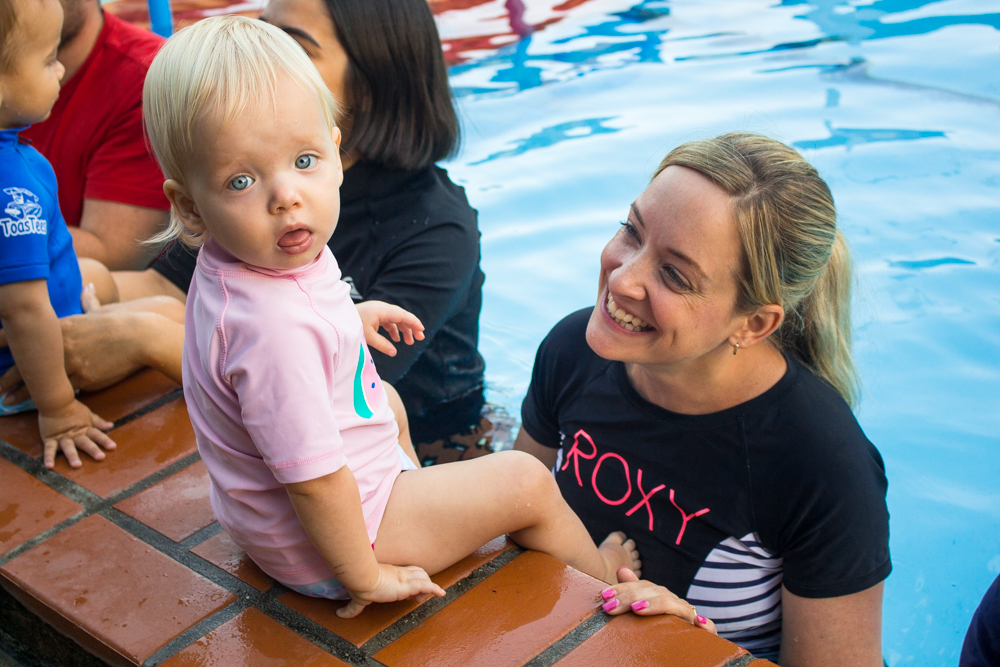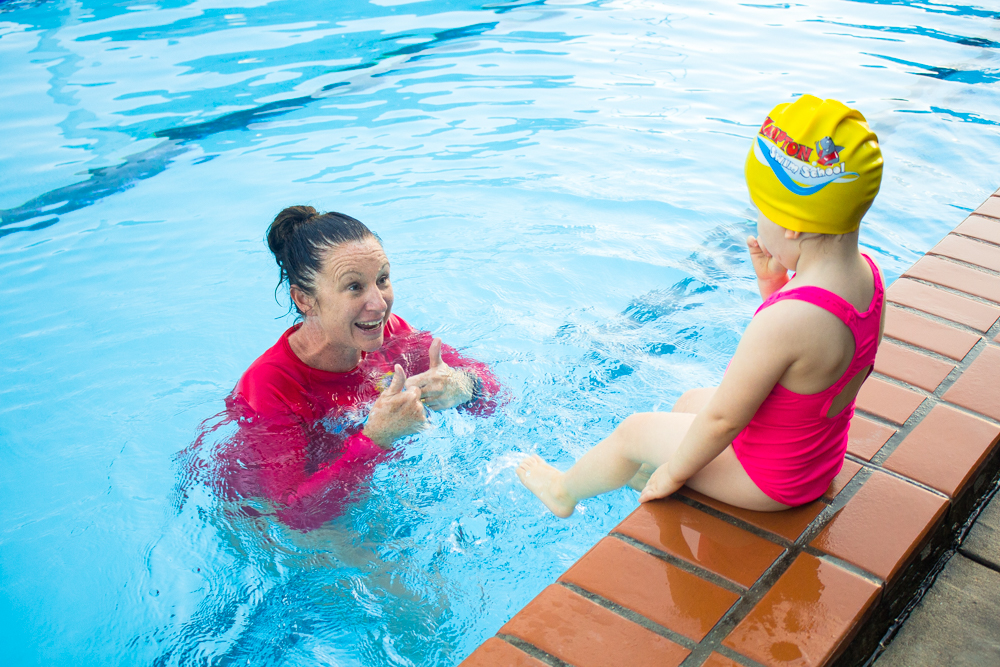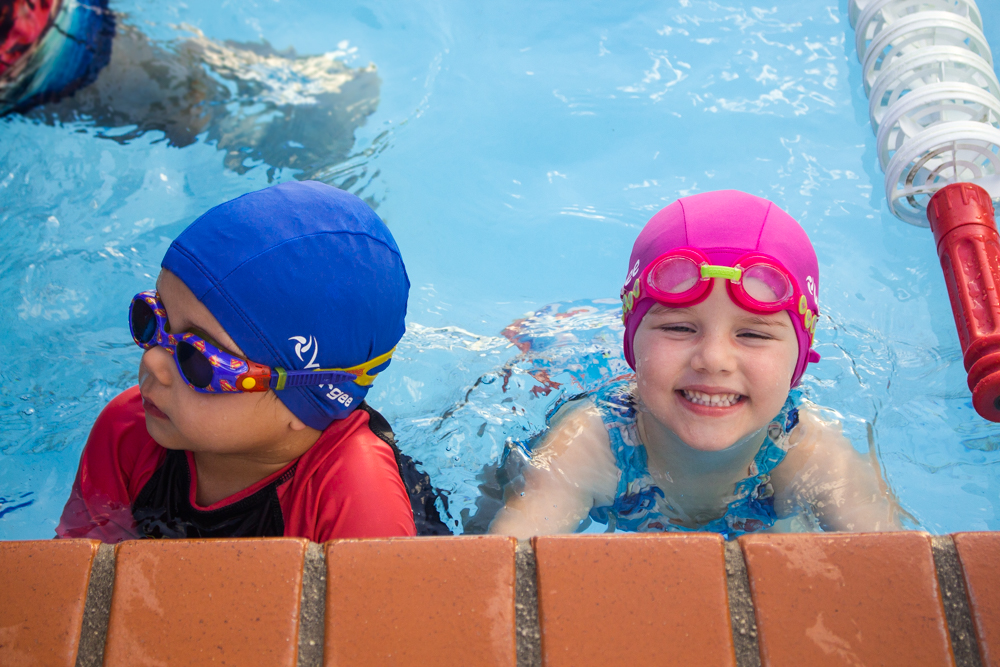How to Encourage Your Child to Love Swimming

Swimming is a fantastic skill for children to learn, offering not just physical benefits but also helping with water safety, confidence, and mental development. However, many children can be nervous or reluctant to enter the water, especially at a young age. If you’re looking to help your child develop a love for swimming, here are some practical tips to make the experience fun, engaging, and stress-free!
1. Make It Fun!
The key to encouraging a love for swimming is to make it an enjoyable experience. Instead of focusing solely on lessons and technique, add an element of fun to the process. Play water games, splash around, or practice fun activities like floating or blowing bubbles. Allowing your child to associate swimming with positive and enjoyable experiences will make them excited to go to lessons or to the pool.
Some fun ideas include:
- Bubble Blowing: Have them blow bubbles in the water to encourage breathing techniques.
- Water Toys: Use floating toys or colorful pool noodles to create a playful environment.
- Race or Games: Play simple games like “Simon Says” or “Ring Toss” to engage your child in the water.

2. Start Slowly and Be Patient
If your child is new to swimming, it’s important not to rush the process. Introduce them to the water gradually, starting with the shallow end or even just splashing in a warm bath at home. Once they’re comfortable with the sensation of being in water, move to the pool. Never force them to do something they’re not ready for, as that can increase fear and resistance.
Be patient and let your child take the lead—over time, they will develop more confidence and a positive association with swimming.
3. Lead by Example
Children often look to their parents or caregivers for cues on how to behave. If you’re comfortable and relaxed in the water, your child will likely mirror that behavior. Spend time in the pool with them, showing that you enjoy swimming and having fun yourself. Seeing you enjoy swimming can make your child feel more comfortable and willing to give it a try.
4. Create a Consistent Routine
Having a consistent routine helps children feel more secure and confident. If possible, take your child swimming regularly, whether it’s once a week at swim lessons or an informal trip to the local pool. Consistency helps build familiarity with the water and makes swimming feel like a normal and fun activity, rather than something intimidating or unfamiliar.
5. Praise and Encourage Every Achievement
Every small milestone your child achieves while swimming is worth celebrating! Whether they’re dipping their face in the water, kicking their legs, or swimming a few feet on their own, acknowledge and praise their progress. Positive reinforcement builds confidence and lets your child know that their effort is valued. Focus on their improvements, rather than perfection.
Encourage them with phrases like:
- “I’m so proud of you for trying something new!”
- “You did an amazing job with your kicks today!”
- “Look at you floating all on your own!”
6. Introduce Swimming as Part of Family Activities
Make swimming a family affair to create lasting memories and positive associations with water. Plan family outings to the beach, lake, or pool, and engage in fun water activities such as playing in the waves, snorkeling, or enjoying a water park. If swimming becomes something you do as a family, your child will associate it with fun and togetherness.
7. Be Mindful of Your Child’s Comfort
Make sure your child is comfortable in the pool. Choose swimwear that fits well and be mindful of the water temperature. Some children may be more sensitive to cold water, so ensure the pool is warm enough for them to enjoy without feeling uncomfortable. Similarly, make sure goggles fit properly and are not irritating—this can help your child feel more confident when their vision is clear under water.
8. Find a Supportive Swim Instructor
Sometimes children can be hesitant to swim simply because they feel overwhelmed or unsure of what to do. Having a supportive and experienced instructor can make all the difference in building your child’s confidence. At Hampton Swim School, we provide a nurturing environment with instructors who know how to work with children and help them feel at ease in the water.
9. Set Realistic Expectations
It’s essential to set realistic expectations for your child’s swimming progress. Remember that every child learns at their own pace. Some may be more confident and quicker to adapt, while others may need a bit more time. Celebrate every step of progress, no matter how small. Don’t push your child to swim longer distances or learn complicated strokes too quickly let their confidence build naturally.
10. Use Books and Stories to Spark Interest
For younger children, books and stories about swimming can be a fun way to spark curiosity. Many children’s books feature characters who are learning to swim or embarking on adventures in the water. Reading these stories with your child can help them feel more comfortable with the idea of swimming and open up discussions about water safety and skills.
Some popular titles include:
- The Pout-Pout Fish in the Big-Big Dark by Deborah Diesen
- Swimmy by Leo Lionni
- The Swimming Pool by Mary Choy
11. Be Supportive During Challenges
It’s normal for children to have moments of fear or resistance while learning to swim. If your child is afraid of putting their face in the water or is nervous about floating, support them through these challenges. Gently reassure them that it’s okay to be afraid and that you’ll be there to help them every step of the way. Overcoming fear is part of the learning process, and your calm presence can make a big difference.
12. Celebrate Water Safety
Part of learning to swim is understanding water safety. Explain to your child why swimming is important and teach them about the rules of pool safety, such as never swimming alone and always listening to their instructor. By making water safety a priority, your child will feel more confident and responsible when in the water.
Conclusion
Helping your child love swimming is a process that takes time, patience, and encouragement. By making swimming fun, being supportive, and setting a positive example, you can help your child develop a lifelong love for the water. Remember, every child is different, so find what works best for them. Celebrate their small wins, and soon enough, they’ll be swimming with confidence, ready to take on new challenges both in and out of the pool.
At Hampton Swim School, we’re here to support you and your child in every step of the swimming journey! Reach out to us today to learn more about our programs and how we can help your child develop a love for swimming.

